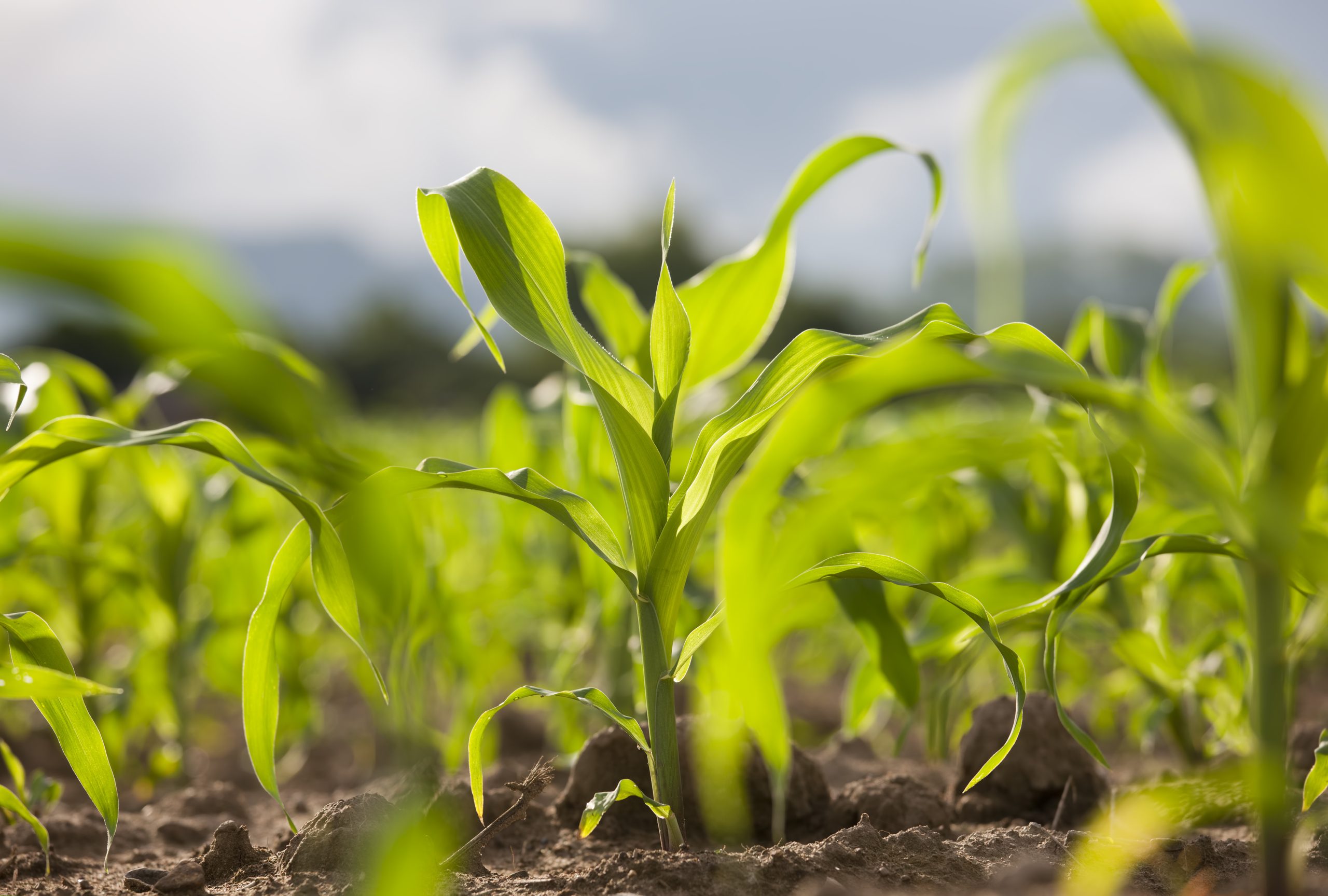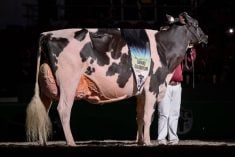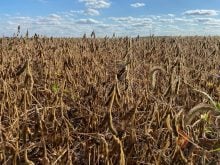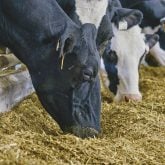The use of artificial intelligence tools in farming is expected to grow quickly in the next five years, automating and enhancing decision making for farmers.
At this point, however, most of the artificial intelligence (AI) uses are arriving around the edges of technologies farmers use, and are coming in the form of delivering answers to queries which aren’t all that accurate yet.
Why it matters: Artificial intelligence is finding its way into farming tools, and there remain questions about how to use it.
Read Also
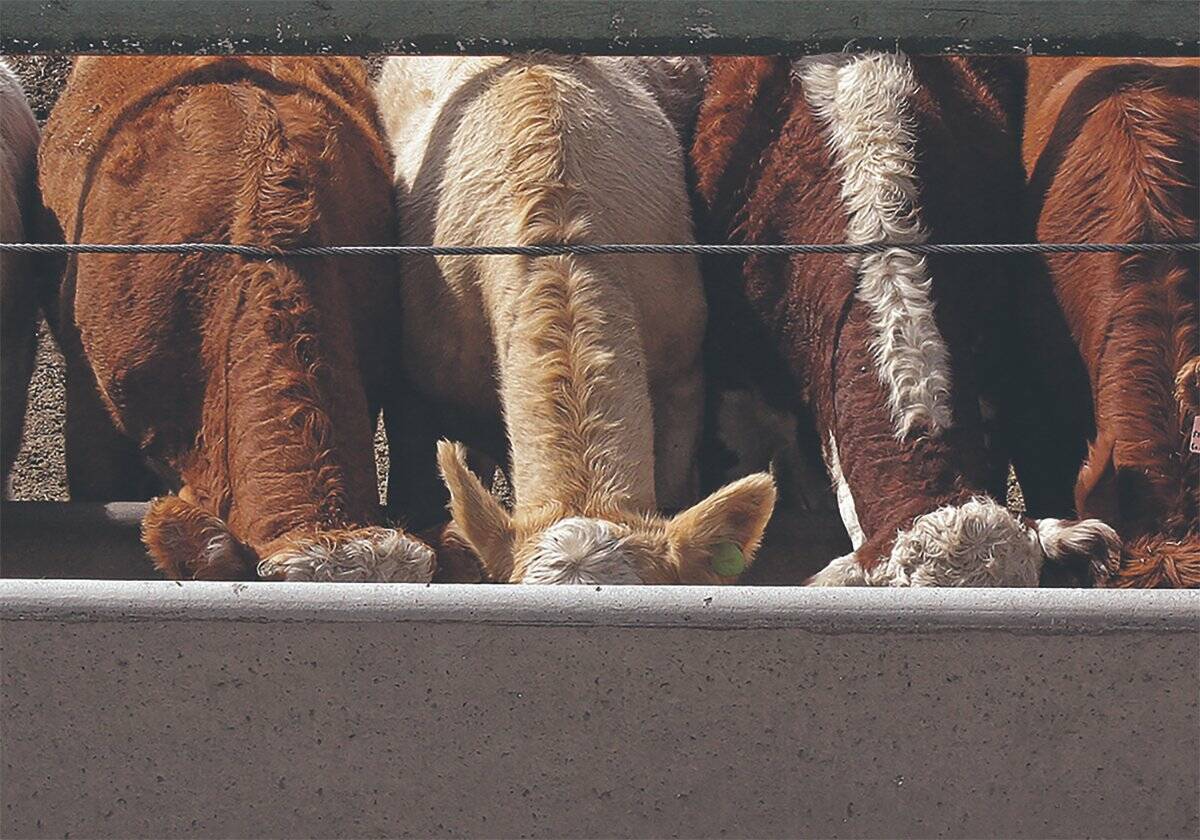
Ample supplies and improved livestock sector to boost Canadian feed sector: FCC
Abundant feed grain supplies and improved profitability for the livestock sector should support strong feed demand and sales through the winter, says a new report from Farm Credit Canada.
In the dairy sector there are three main areas where AI tools are showing up, says Dr. Diego Nobrega, an assistant professor at the University of Calgary: physiology and health, animal reproduction and animal nutrition.
Listen to what Diego Nobrego has to say about what farmers should keep in mind when considering an artificial intelligence tool.
He gave an overview of the potential for AI and some cautions to farmers about the technology at the Western Canadian Dairy Seminar in Red Deer, Alta in early March.
“AI is promising to deliver optimized decision making, detection of diseases for us and even optimization of some of the tasks,” he says.
Physiology and health
Artificial intelligence needs very large datasets to analyze to have the data to accurately take an or make a decision.
Agriculture, and specifically dairy farms, are creating greater volumes of data. Accelerometers track cows’ movements throughout the day. Automated milking systems produce vast amounts of data on milk quality and cow behaviour. Add in cameras, boluses and ear tags for more data.
“The beauty of it is that we can design a machine-learning algorithm that taps into that data that’s being generated constantly and it can make decisions for us,” says Nobrega.
With that much data a computer could sort out the cow, identify health issues and recommend treatment options.
Automated milking systems are getting close to this already and some companies have started to offer behaviour monitoring using an AI tool.
One of the challenges is to make sure that a tool is accurate enough to be a help, not a hinderance.
For example, Nobrega says some mastitis assessment AI tools aim to detect mastitis before it is obvious. They have an 85-90 per cent accuracy rate. That might sound good, but that also means that you will have 10 per cent false positives. A detailed mastitis tool, however, could help reduce use of antibiotics on the farm.
The use of cameras and other sensors can help evaluate the gait of cows to detect lameness early. Those systems, being tested at several universities in Canada, are about 90 per cent accurate at this point.
Other areas of cow health where data could be interpreted by AI for more accurate or quicker decision making include: digital dermatitis, heat stress, metabolic conditions such as ketosis, and fatty liver.
AI for AI
Detection of heat and other reproductive factors have come a long way in the past decade, but AI could help increase the accuracy and decision-making ability of farmers.
Data could be extrapolated to determine the reproductive state of cows in more detail than is currently available without testing or palpation.
Nobrega says he believes there will be application of AI in cattle nutrition, but doesn’t see a lot of examples that are close to the market.
Chat GPT, what do I do?
The creation of large language models – artificial intelligence that can synthesize complex questions and give coherent and accurate answers – are growing. Not long ago there was just ChatGPT, but now there’s also Google’s Gemini, Scite and Perplexity. These conversation computers can be surprisingly accurate, but always check, says Nobrega, as there are regular inaccuracies. Consider using one of the chat systems that cites where it found its data. Continue to consult with your veterinarian on health issues.
Nobrega also recommends being careful what information you put into the chat box. Google has admitted that it keeps those queries for three years, and data can only be so secure.
Also be careful not to claim information you generate or have written by an AI as your intellectual property – others might own the intellectual property that the AI used to learn about the subject.
“Language models are great,” says Nobrega. “They are like having a virtual personal assistant on your farm, but never share sensitive information.”

